Note: I get paid commissions for purchases made through any links to Amazon products in this post.
Canon Mark IV Highlights
- 30.4 MP full-frame CMOS sensor for versatile shooting
- Up to 7.0 frames per second continuous shooting speed
- 61-point AF system with 41 cross-points for expanded vertical coverage
- ISO range 100-32000 with 50-102400 expansion
- 4K video recording at 30p or 24p and in-camera still frame grab of 8.8MP images
- Touch-screen LCD monitor
Unimpressed?
1. Megapixels - The extra 8 pixels is okay, but not really enough to make me want to upgrade.
2. FPS - One extra frame per second isn't that important, either.
3. AF System - one of the bigger improvements, but not all that useful for a lot of my photos. Even with the excellent Mark III autofocus, I still use the center placed focus point for most subjects and then move the camera based on desired composition.
4. ISO - Need to see more comparisons of low light performance. For me, this is an extremely important feature, but maybe the money would be better spent on fast lenses that I can use with future kits?
5. 4k recording - I was excited to hear about this until I read about the 1.64x crop and the fact that it only records in Motion JPEG. Yes, it is better than 1080p only, but still a minor disappointment.
6. Touch Screen LCD - Very nice to get a touch screen, but would be A LOT better if it was an articulating screen or at least a tilting screen.
The Competition
Note: I get paid commissions for purchases made through any links to Amazon products in this post.
The Sony's specs (via Amazon):
- World's first Full-frame back-illuminated Exmor R CMOS sensor-42.4MP, 5-axis in-body image stabilization optimized for 42.4MP full-frame, 4K movie recording with full pixel readout and no pixel binning
- 2.4-million dot XGA OLED Tru-Finder w/ ZEISS T* coating, Simple connectivity to smartphones via Wi-Fi and NFC w/ camera apps, Fast focal plane phase-detection AF realized with A-mount lenses
- Shutter vibration suppression, first curtain shutter, and silent shutter, Resolution meets sensitivity 42.4MP up to ISO 102,400 / 4K up to 25,600, Durable, reliable and ergonomically enhanced for professional use
- Fast Hybrid AF with 399 focal plane phase-detection AF points
I can't really say how real world performance compares, but from a specs point of view, they both have their upsides and downsides.
The reason I did not update to the Sony is the lack of native lenses, the native lens prices compared to Canon, and other trade offs like comparatively horrendous battery power. I did strongly consider buying the Sony, but one thing I wanted was a lightweight package due to it being mirrorless, but I would have ended up using it with my current Canon lenses with a Speedboost adapter and the combo would have negated a lot of the weight advantages.
Waiting it out
Cheaper Options
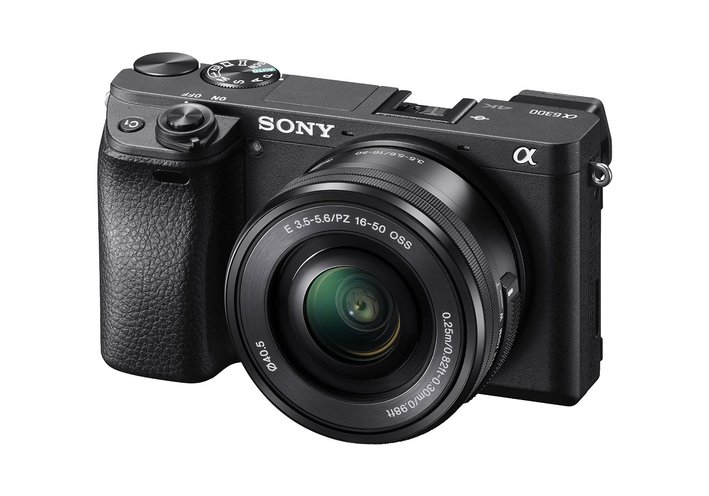
1. Lightweight - I am tired of carrying around a heavy body with heavy lenses. That being said, I don't want to make huge image quality sacrifices for the size.
2. 4k video - I said last year I would make more videos this year, but that hasn't happened. However, if I had a real camera with 4k, it might be more fun and easy than simply using my iPhone in 4k. I have also used my Canon 5D for video, but neither is ideal.
3. Cheap - Well, not really THAT cheap, but it can't cost $3500 if I am going to live with trade offs. Also, it would be helpful if it had inexpensive lenses and still worked with my Canon lenses with an adapter.
4. Fill in missing holes on my 5D Mark III. Those missing holes would mainly be related to video, though weight is a consideration, as well.
The three cameras in my sights are theSony A6300 (~$998 for body only), the Panasonic DMC-GX8 (~$998 for body only), and G7 (~$700 with kit lens, less than $900 with 14-140mm). They all have their own unique qualities and it really comes down to the system you want to employee and the money you want to spend. I ruled out the GH4 based on price (for comparison, it costs ~$1670 with 14-140mm) and the fact that it costs more than the GX8 and would not move from video to photography as easily because of the lack of image stabilization. The GH4 is the better video option, but for my needs, it is a bit of overkill.
The upsides to the Panasonic GX8 is that it has more megapixels and has image stabilization. The G7's advantages are a pop up flash that would come in handy for city photography, is a lot cheaper, and is a little bit lighter (which may mean it feels less professional, but I am not too worried about shooting in the rain with it) than the GX8. They both have articulating screens and shoot 4k video.
The problem with the Panasonic(s) is that it suffers in every way to my Canon when it comes to photo image quality, so it would mainly be used for video or times I just can't or don't want to handle the weight of my Canon (like shooting photos in the city). I already have an EPL5, but it doesn't have an electronic viewfinder, shoot 4k, or have a fully articulating screen. As a result, it has been more of a trade off for both video and photos.
The Sony A6300 is less of a trade off, especially with photography, but the lack of a fully articulating screen makes it less likely that I will want to shoot videos with it. I do like the idea of getting a Sony and buying full frame lenses over time while Sony works on updating their full frame model, and lenses, so that there are less trade offs compared to using a DSLR. Also, like the Panasonic, I can use a Metabones adapter to allow me to use my Canon lenses without too much of an investment in Sony lenses right now. I would probably get a general purpose zoom for city pics, and use Canon lenses for everything else. One thing I like is that the camera is so small. The other upside is that both the Panasonic and Sony will need "speed boosters" to get use out of my Canon lenses, but there is a better chance that the Sony speed booster will work with a future Sony full frame that I could end up with in the future.
So which is option is best for me? To be honest, I haven't decided because I think the Sony is the better all around camera, while the Panasonic is quite a bit cheaper, has cheaper native lenses available, and would be better for the type of videos I make with the articulating screen. However, it feels like a huge compromise in sensor (only 16.1 megapixels) and not really a system I would switch to as a main camera in the long run, so any native lenses I would buy would not work on the full frame camera I would buy in the future. Of course, maybe it makes sense just to have two setups that work for my needs at the time. One thing about Sony and Canon is that their lenses will continue to weigh more than Micro Four Thirds, so maybe a lightweight second setup is something I might keep around for the long haul.
That being said, I am leaning toward the G7 at this moment, though it will be months before I buy, because it fills more holes right now with a lot less money being put out. Like I mentioned, there is a kit setup out there that combines the G7 with a 14-140mm lens (which would be perfect for shooting in the city combined with my 20mm f1.7) for less than $900. Then I would just add a Speedbooster (if needed) and have pretty much everything I need for the long haul while waiting for that perfect mirrorless camera to come out. I may eventually end up with Sony, but you never know, by the time I am in the market, maybe Canon will have a more professional mirrorless that will keep me in their ecosystem.
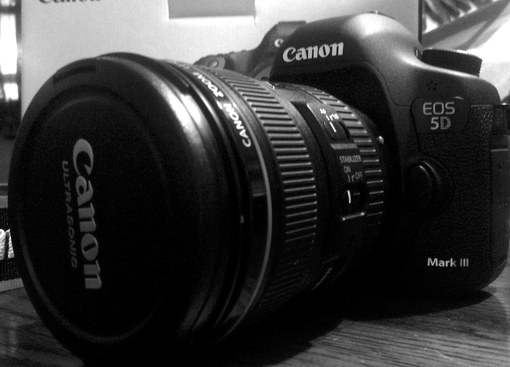

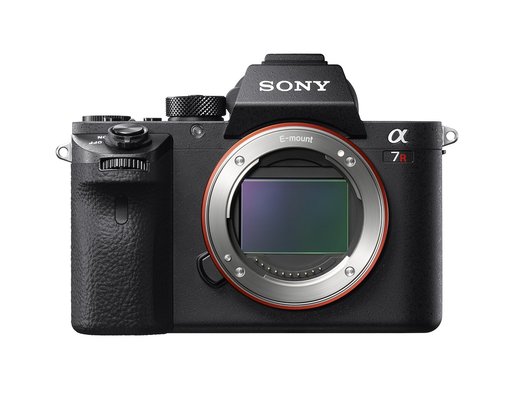
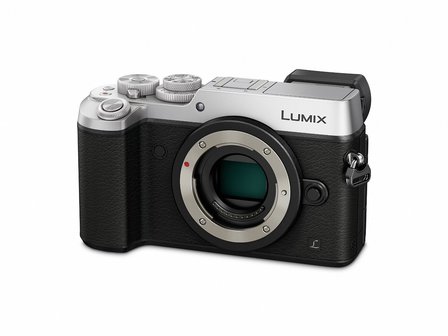
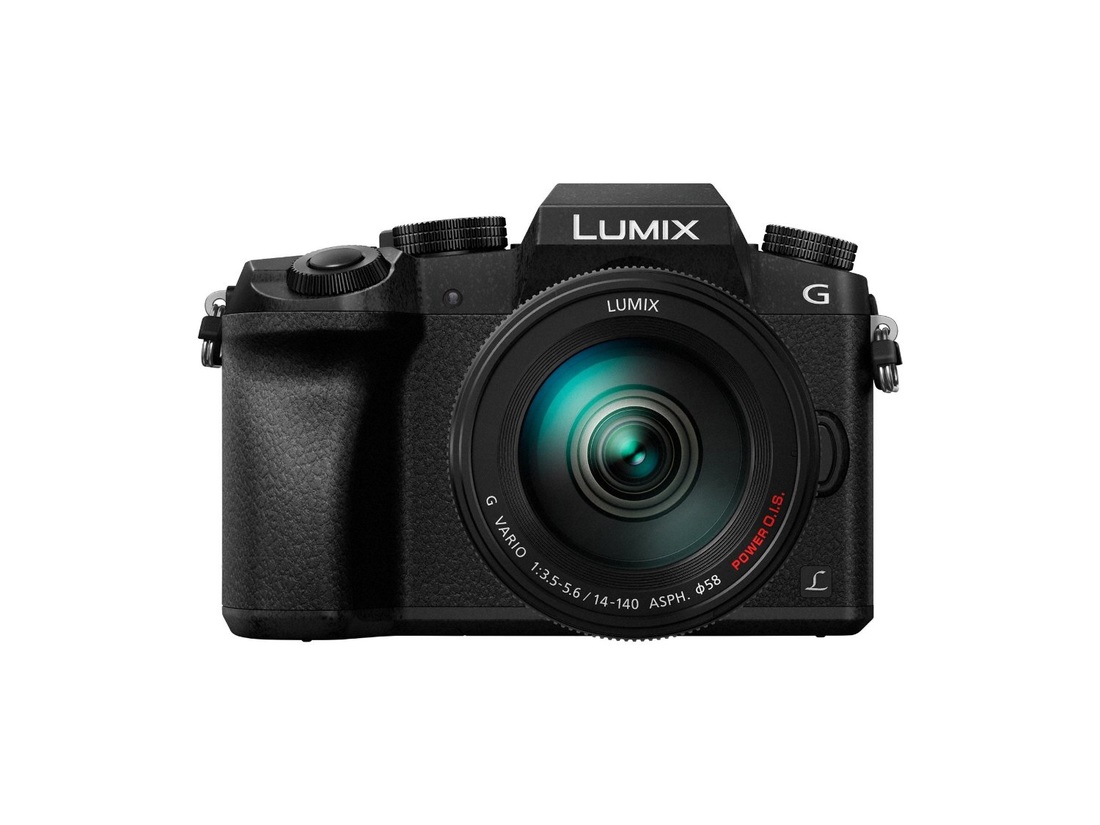
 RSS Feed
RSS Feed